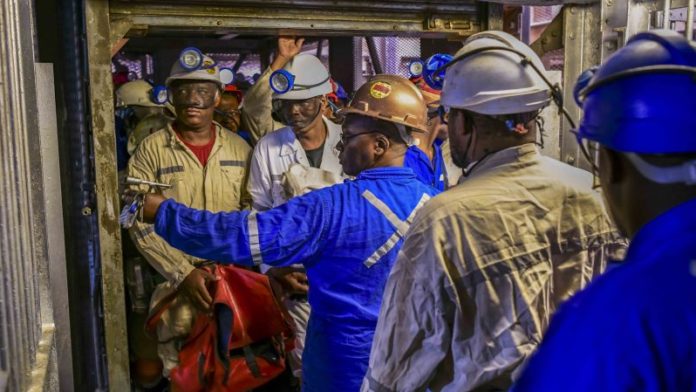
JEAN-Sebastian Jacques, Rio Tinto CEO, paid the ultimate career price earlier this month, agreeing to leave the Anglo-Australian company. This was after the company ignored an impact study that should have overturned the earlier approval for blasting an iron ore site in Western Australia containing 46,000 year-old aboriginal settlements.
The consequence of Jacques’ departure for the world’s mining sector is that a new precedent has been set in environmental, social and governance (ESG) standards as well as how company boards sanction abuses.
It’s no secret ESG has been a growing influence in the investment world. Analysts say South Africa’s mining sector, with its labour intensive, technically risky, and sometimes unsafe mines is structurally exposed to rigorous ESG-led investment scrutiny.
“ESG for mining companies is always tricky, specifically for the South Africans because the most common question we get asked is around fatalities and safety,” said Patrick Mann, an analyst for RMB Morgan Stanley at a recent conference. “Foreign investors are very reluctant to invest in a company where you would expect to see any fatalities.”
According to Kagiso Asset Management’s Mandi Dungwa, some mines have their report cards permanently blotted owing to systemic safety risks. “A couple of years ago, we did an exercise where we looked at where we wanted to be positioned in this sector and one of the things that came out of that exercise was a realisation there are some structural safety risks related to certain mining assets that are not so evident with others.”
In the platinum sector, it has led to an asset externalisation strategy. Both Impala Platinum and Sibanye-Stillwater have bought shallow, mechanised and relatively low labour platinum group metal (PGM) mines offshore (both in North America) in order to add “defensiveness” into their portfolios and ease the ESG risk of South African mining.
The improvement in the government’s approach to mining has helped to allay some investor concerns, however. And ESG issues notwithstanding, the improved economics is starting to alert investors to South Africa, especially its PGM sector.
“Offshore, a lot of people had written off the South African PGM industry,” said Mann. “I used to have these conversations when I’d phone and ask if they’d like to talk South African PGMs and they’d say ‘no’: over-supply, double digit cost inflation, it was just structurally unattractive,” he said.
The impact was that many foreign investors sat-out the first run up in PGM prices. “Now they’ve seen that there are deficits, and it looks fundamentally in a better position,” he said. “So definitely there’s better interest both from a regulatory, pricing and a fundamental perspective for the metals. It’s definitely much better than it’s been.”











